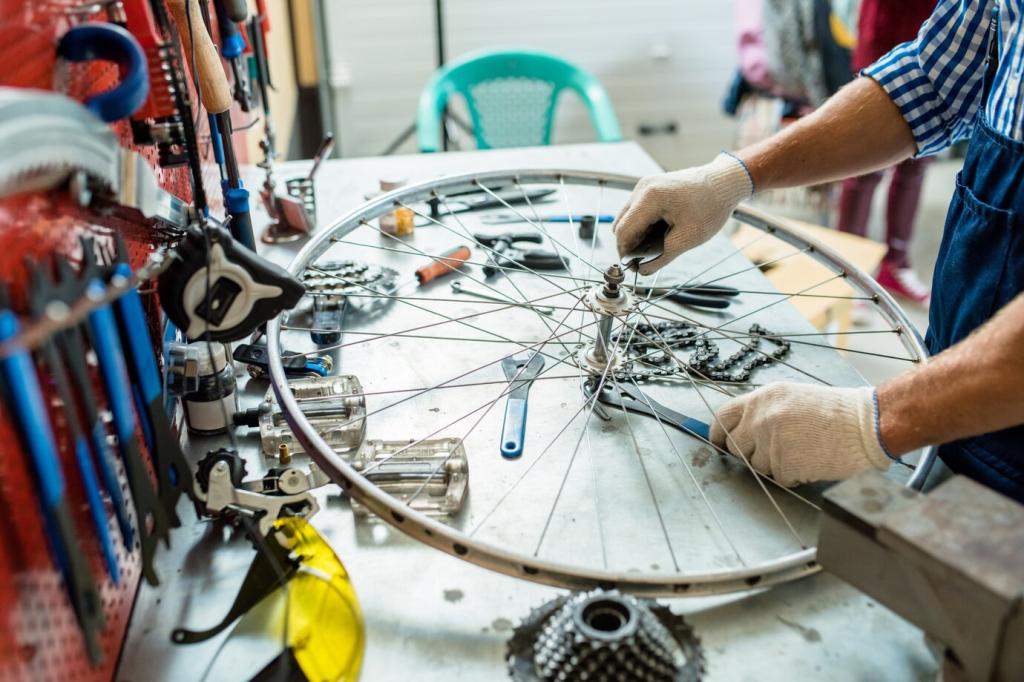Home Fitness Equipment Buying Guide
Achieving your fitness goals at home starts by selecting the right equipment tailored to your space, budget, and fitness aspirations. With a vast market full of options, from compact essentials to high-tech machines, finding what truly fits your needs may seem overwhelming. This comprehensive guide offers insights into different types of home fitness equipment and factors to consider before making an investment, so you can build a functional and enjoyable workout space.

Before buying any home fitness equipment, evaluate the space you have available. Measure your intended workout area, taking into account height clearance as well as total square footage. This will help you avoid purchasing equipment that is too large or cumbersome for your home. Consider factors such as nearby electrical outlets for powered machines, adequate ventilation, and sufficient room for movement. Proper planning ensures not only that your equipment fits, but also that your workout area remains comfortable and safe.
Assessing Your Space and Fitness Goals
Key Types of Home Fitness Equipment
Cardio machines are designed to elevate your heart rate, offering a reliable way to burn calories and improve overall endurance from the comfort of home. Popular options include treadmills, stationary bikes, and elliptical trainers, each catering to different movement patterns and intensity levels. When choosing a cardio machine, consider factors such as available programming, noise level, and ease of use. Additionally, some models come with advanced features like interactive training sessions or foldable designs for easy storage, providing flexibility for users with limited space.

Evaluating Quality, Durability, and Warranty
Materials and Build Quality
The durability and effectiveness of your fitness equipment depend largely on the materials and build quality. Look for machines constructed from sturdy metals and dense plastics, as they typically withstand repeated use and high load capacities. Investigate details like weld joints, frame stability, and hardware robustness. High-quality materials ensure that your equipment will last through years of workouts, reducing the need for frequent replacements and minimizing the risk of injury due to structural failures.
Manufacturer Reputation and Reviews
The reputation of a manufacturer can provide valuable insights into the reliability and performance of their equipment. Research customer reviews and expert opinions to identify any common issues or recurring strengths in particular models or brands. User testimonials often highlight aspects that are not apparent through product descriptions alone, such as real-world durability, ease of assembly, and overall satisfaction. Choosing reputable manufacturers with positive track records increases your likelihood of a successful and satisfying purchase.
Warranty and Customer Support
Warranty coverage is an important consideration when investing in home fitness equipment, as it offers protection against defects and unforeseen malfunctions. Study the length and scope of warranties, noting whether they include parts, labor, or both. Reliable customer support is equally crucial—prompt assistance can resolve minor issues before they develop into major problems. Prioritize brands that provide comprehensive after-sales service to ensure peace of mind and long-term confidence in your home gym setup.
